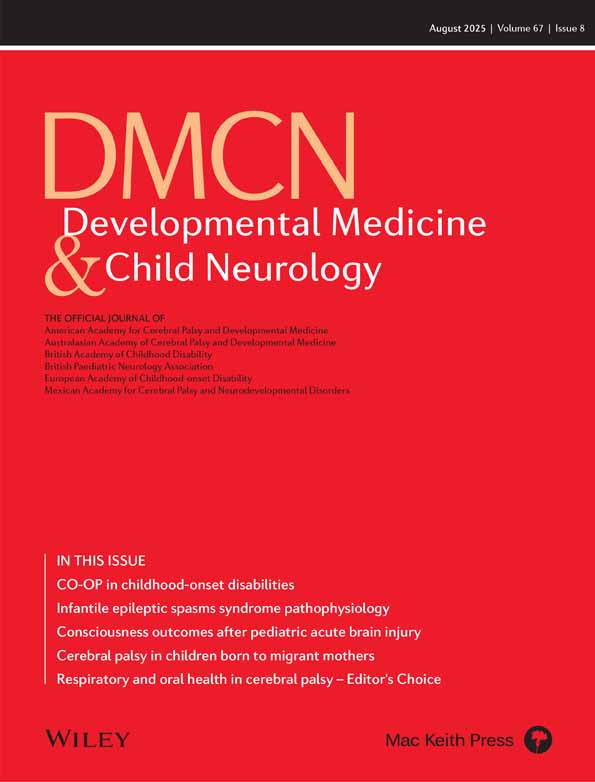Birth defects in children with newborn encephalopathy
Abstract
This study was designed to investigate birth defects found in association with newborn encephalopathy. All possible birth defects were ascertained in a population-based study of 276 term infants with moderate or severe encephalopathy and 564 unmatched term control infants. A strong association between birth defects and newborn encephalopathy was found with defects affecting 27.5% of children with encephalopathy and 4.3% of control children (odds ratio 8.55; 95% confidence interval 5.25 to 13.91; p<0.001). In 11.8% of infants with a birth defect the defect was not diagnosed until after the newborn period, illustrating one of the difficulties in attempting to exclude infants with birth defects from studies of newborn encephalopathy. The majority of defects (89%) were not specific anomalies of the CNS. In 36.8% of children with encephalopthy who had a birth defect, the defect was considered to be the probable cause of the encephalopathy. Infants with birth defects who had encephalopathy had a poorer prognosis than those without: they were twice as likely to die by the age of 2 years and three times more likely to have cerebral palsy. This study catalogues the spectrum of birth defects associated with newborn encephalopathy and illustrates the importance of their inclusion when investigating both the aetiology and outcome of this condition.




